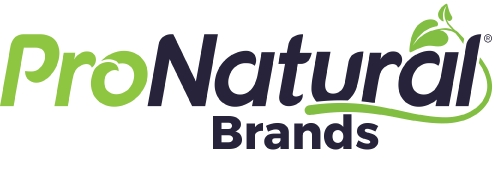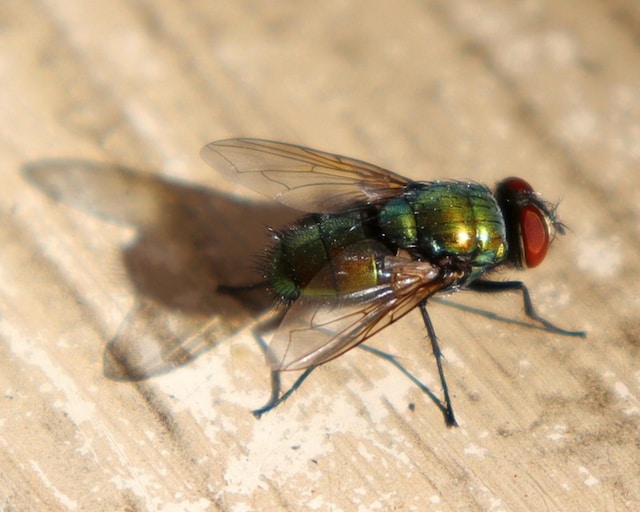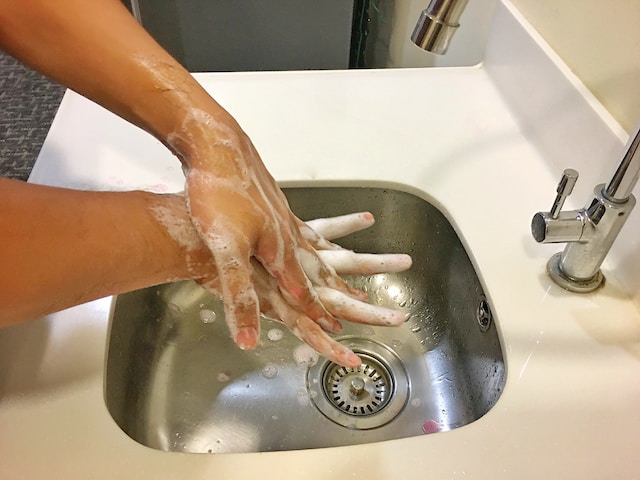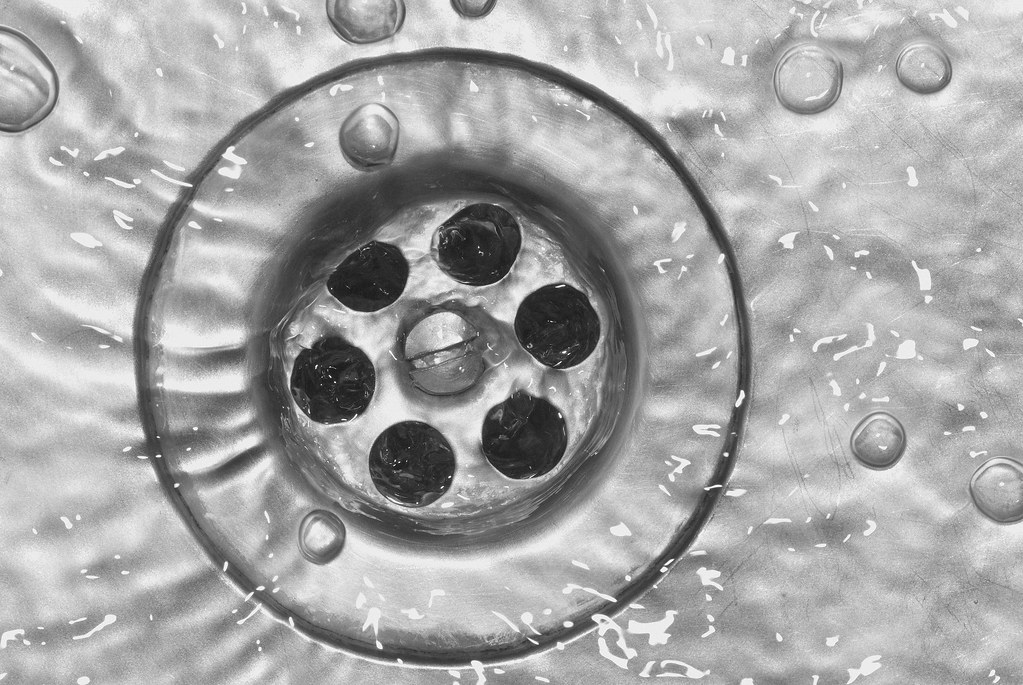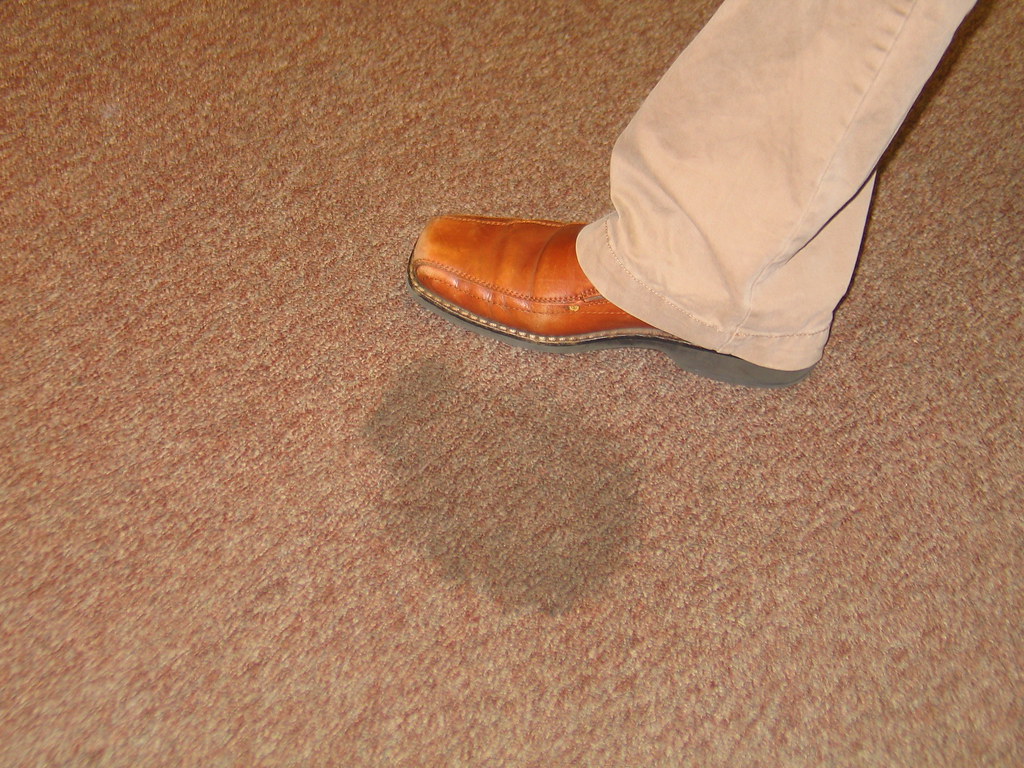For years, hydrogen peroxide has been considered a safe and effective alternative to conventional disinfectants, which, as we know, can prove harmful to the user, building users, and the environment. According to one marketer of hydrogen peroxide, the product is “incredibly effective.” It can “clean, disinfect and deodorize surfaces.”
At the same time, it is anti-bacterial and anti-fungal. The marketer added that hydrogen peroxide has been proven to be especially useful in medical settings and provides a “healthier environment for [patient] care, minimizing the risks of infections.” Also listed as benefits of using hydrogen peroxide for cleaning are that it is safe for the user, will not damage equipment [in a healthcare environment], and is eco-friendly, generating few if any negative health impacts.
These glowing comments about hydrogen peroxide have been heard before. For years, leaders in the professional cleaning industry have encouraged the use of hydrogen peroxide as an alternative to conventional disinfectants for these very same reasons.
However, now we have a problem with hydrogen peroxide.
In a study published in several scientific and medical publications in December 2020, at the height of the pandemic when substantial amounts of hydrogen peroxide were being used to clean and disinfect surfaces, researchers at the University of Saskatchewan (USask) reported that:
When cleaning surfaces indoors using hydrogen-peroxide-based disinfectants there is the potential it will cause “air pollution and potential health risks.”
To come to this conclusion, the researchers selected a commercially available hydrogen peroxide disinfectant. Using it per the manufacturer’s instructions, they cleaned a floor in a simulated room environment. They did not mop the floor surface. Instead, they wiped it clean using paper towels. The cleaning process, according to the researchers, “increased the level of airborne hydrogen peroxide to over 600 parts a billion, roughly 60 percent of the maximum level allowed for exposure in more than eight hours.”
According to Tara Kahan, one of the USask researchers, “when washing surfaces [using hydrogen peroxide], one is also changing the air he is breathing.” Kahan, who is also the Canada Research Chair in Environmental Analytical Chemistry, added that this type of “poor indoor air quality is linked to respiratory problems like asthma.” The U.S. Centers for Disease Control and Prevention (CDC) has also come to this conclusion. And this can be especially true for cleaning professionals.
“The real risk is for people who get repeatedly exposed, such as janitors and house cleaners,” Kahan added. “We washed the floor and collected measurements at face height levels [and found] the concentration is even stronger at the floor [than when using hydrogen peroxide to disinfect] a countertop.”
The researchers did add the following two suggestions to reduce these risks:
- Consider using soap and water instead of a disinfectant. Soap and water can remove the virus that causes COVID-19 and many other pathogens from surfaces.
- Increase ventilation when cleaning and disinfecting with hydrogen peroxide. “Ventilation can dramatically reduce [the] levels of pollutants circulating in the air.”
However, the researchers added that hydrogen peroxide disinfectants should be used over bleach. Kahan notes, “Hydrogen peroxide is still potentially less harmful than bleach.”
While we agree that hydrogen peroxide is safer than using bleach, we are wondering if the researchers should have added two more suggestions:
- Avoid using disinfectants at all, especially in professional cleaning. Sanitizers in most cases can eliminate pathogens on a surface and have a reduced impact on the user and the environment compared to conventional disinfectants.
- Select a citrus-based sanitizer or disinfectant. These sanitizers and disinfectants are made from FDA Approved food ingredients, primarily citric acid. They are very safe and have proven their effectiveness for centuries. At least one citric-acid-based disinfectant is even EPA-registered.
The professional cleaning industry learned so many things due to the pandemic, including that some cleaning solutions and disinfectants specifically might cause more harm than good.
While we are not discounting the benefits of hydrogen peroxide, we are saying that it can prove harmful and that there are safer — and highly effective — alternatives.
Sources:
Cleaning surfaces with hydrogen peroxide-based disinfectants may pollute indoor air (news-medical.net)Hydrogen Peroxide-Based Disinfectants Against COVID-19 May Cause Pollution | The Science Times
